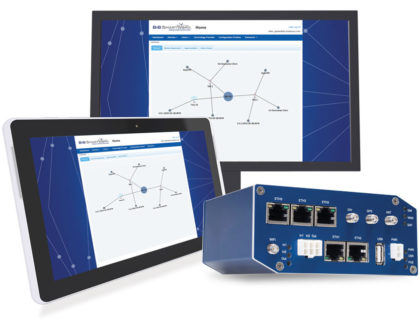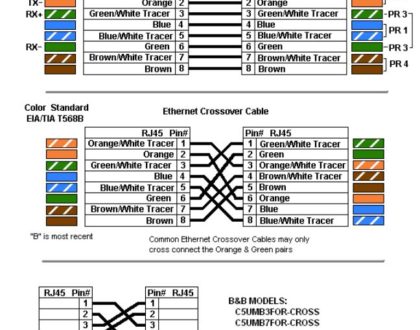Calculating Fiber Loss in Fiber Optic Networking
Fiber optic networking can be a daunting undertaking, but it really is not as difficult as it seems. Understanding factors such as fiber modes, fiber launch power, receive sensitivity, fiber cable attenuation, and fiber budgets will make fiber installation projects run much smoother and more efficiently. Even though vendors try to simplify the task of calculating maximum fiber distances and signal losses, in reality vendors do not typically have all of the variables (fiber characteristics, number of splices and other physical parameters) necessary to accurately provide such distance and loss specifications for each specific installation. The best any vendor can do is help customers identify the variables and provide standard, industry accepted quantities for those variables to enable the customer to calculate the data (distances, budgets, etc.) they need. A vendor’s estimate is no substitute for an actual measurement. This paper, combined with further assistance from IMC Networks’ Fiber Consulting Services (FCS: 800-624-1070 / 949-465-3000), will provide enough information to hit the ground running with virtually any fiber networking project.
Fiber Advantages
Fiber is most commonly associated with long distance connection. Today, however, it is rapidly gaining market share in LAN topologies, considered the domain of copper cabling. With the increase in size and scope, LANs are connecting to Metropolitan Area Networks (MANs), Fiber To The Premises (FTTx) is becoming a reality, pricing is coming down, installation is easier than in the past, and more and more products supporting fiber are available every day. The rising popularity of fiber is owed mainly to the following attributes:
- It has exceptional bandwidth, and can carry many signals concurrently
- It is immune to electromagnetic interference
- It has no electromagnetic emissions
- It does not corrode as rapidly as copper based cabling
- It is resistant to eavesdropping
- It is virtually “future proof”
- It has the capability to operate in conjunction with any current, or proposed, LAN/WAN standard
- It is lightweight
Recommended Posts

3 Questions to Ask Before Selecting an LTE WAN
June 15, 2018

Ethernet Cables: RJ45 Colors and Crossover
May 21, 2018

